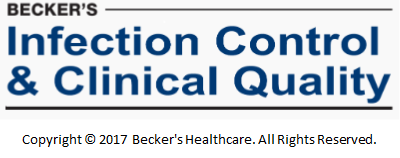
N.B. — This post is one in a series of ten, based on Becker’s Infection Control & Clinical Quality article 10 top patient safety issues for 2017 by Heather Punke & Brian Zimmerman and published on January 18, 2017 (http://patientsafetymovement.org/challenges-solutions/actionable-patient-safety-solutions-apss/).
“Contaminated water. In 2016, hospitals faced a myriad of patient safety challenges related to contaminated water. The spread of Legionella bacteria, which incites a type of pneumonia, was especially prominent. For instance, in September, five patients at University of Washington Medical Center in Seattle contracted Legionnaires’ disease. Two of the patients died. The infections may have contributed to the deaths. A subsequent investigation detected Legionella bacteria in an ice machine and two sinks in UW Medical Center’s cardiac unit.
In October, STAT examined the unintended consequences of having more sinks in hospitals. While installed to encourage better hand hygiene, sinks’ splashing have the potential to aerosolize contaminated water droplets and therefore infect patients nearby. The article cited a number of cases in which hospital sinks were linked to patient infections around the world. In one such instance in the Netherlands, sinks were removed from all patient rooms to inhibit the spread of bacteria.
To avoid this, Michael Gardam, MD, director of infection control at Toronto-based University Health Networks, suggested, ‘Don’t have the gooseneck [faucet] drain directly into the drain; have it drain off to the side of the bowl. Don’t allow it to splash. Make sure it’s deep enough that it can’t splash on you and splash on your clothing. Make sure that the stuff around [the sinks] is waterproof.’”